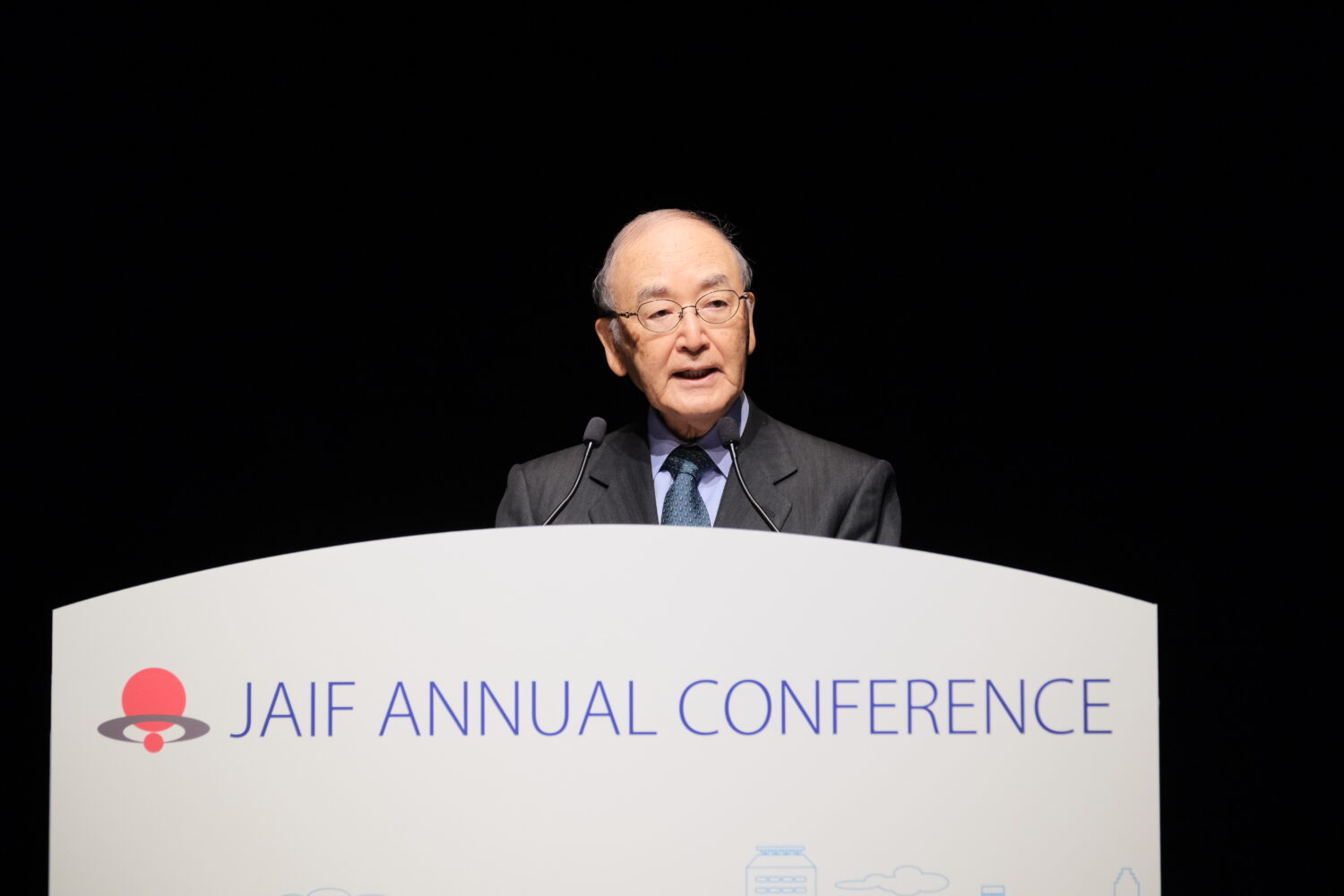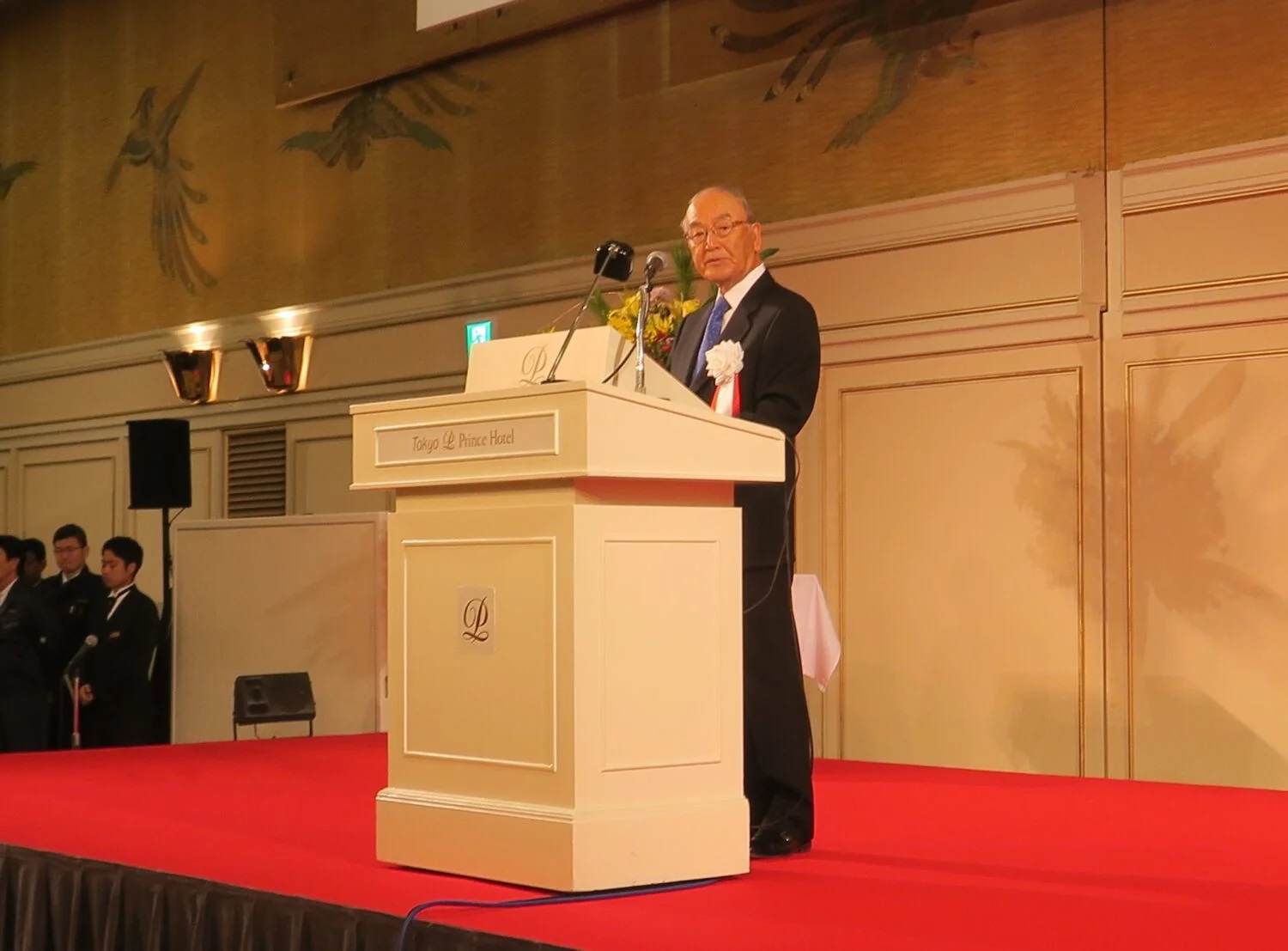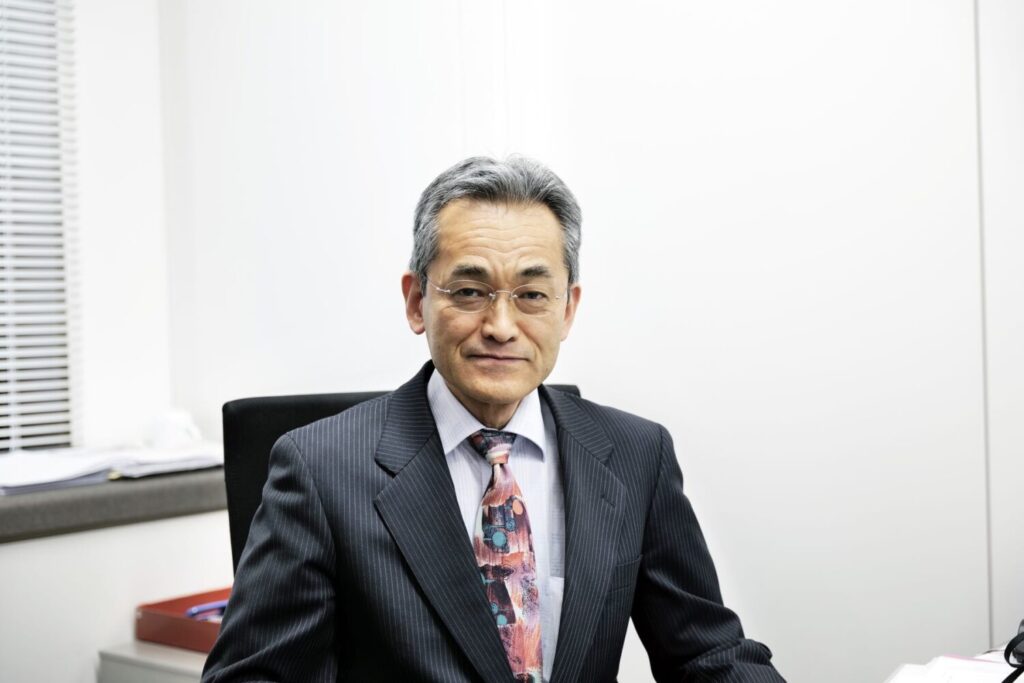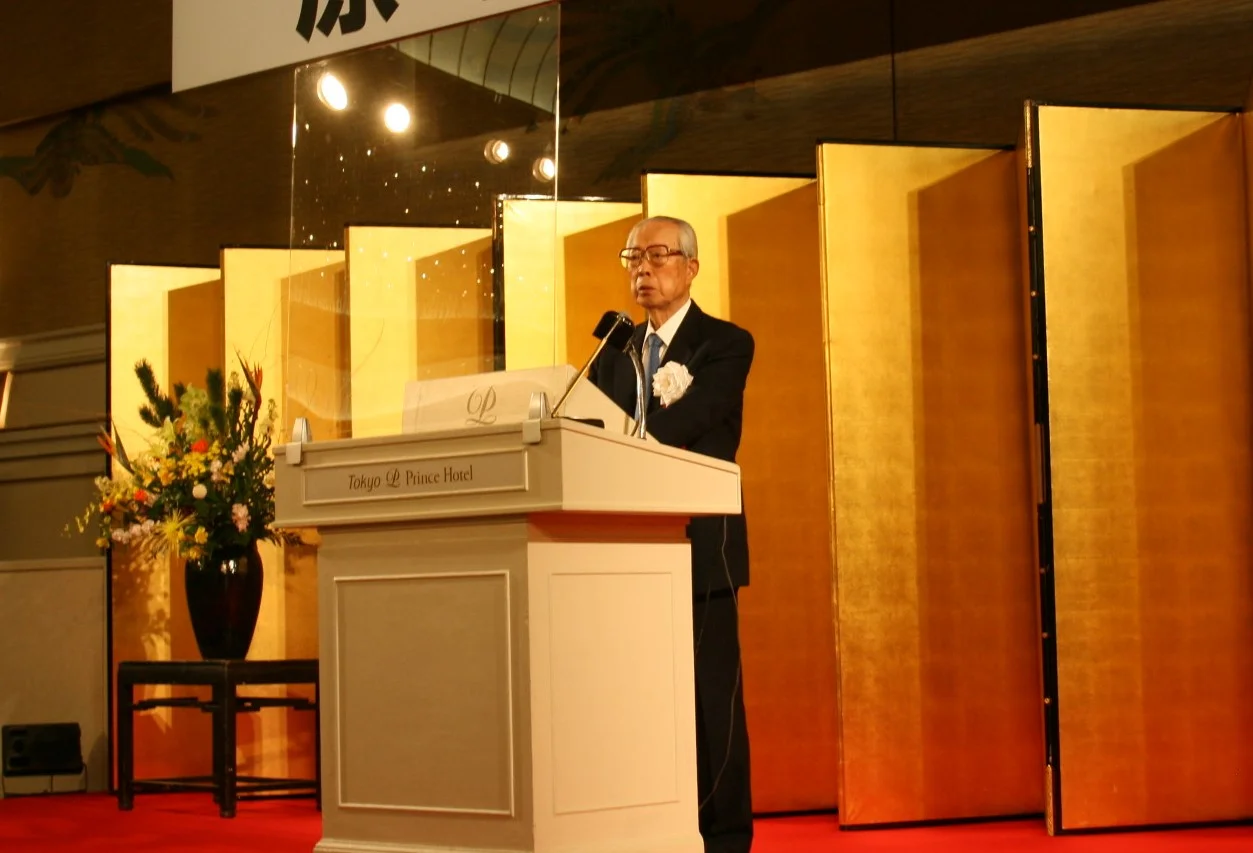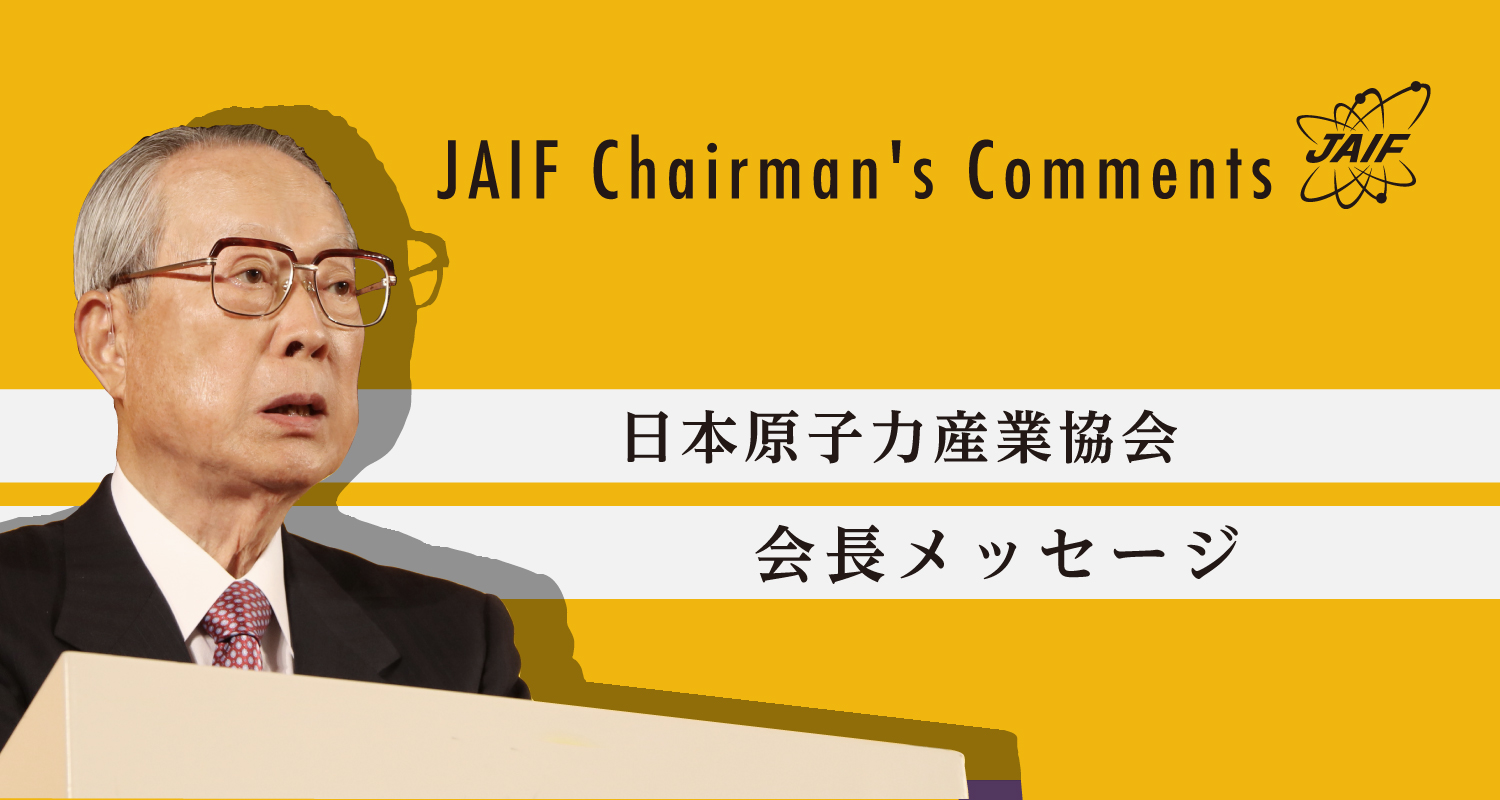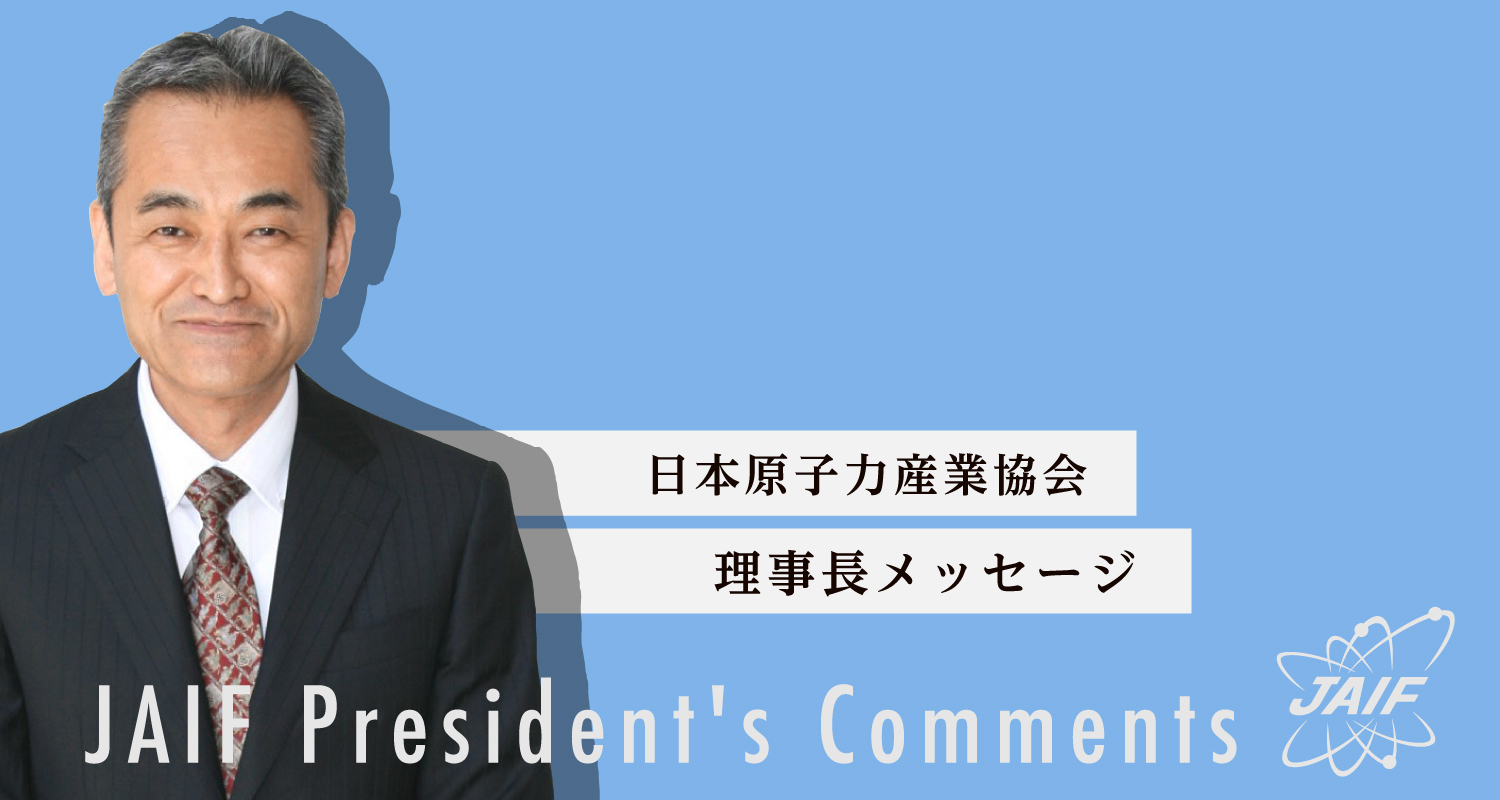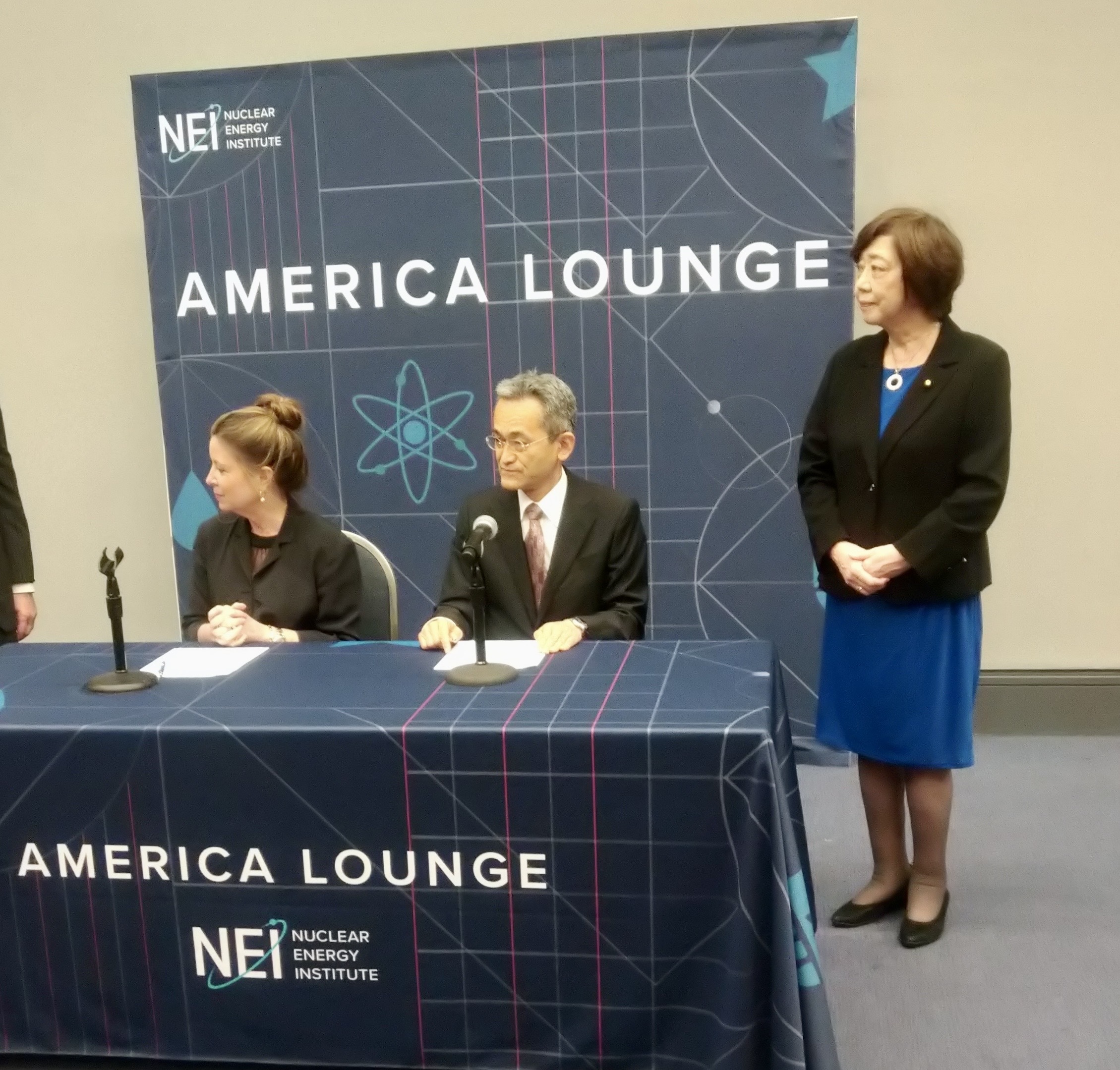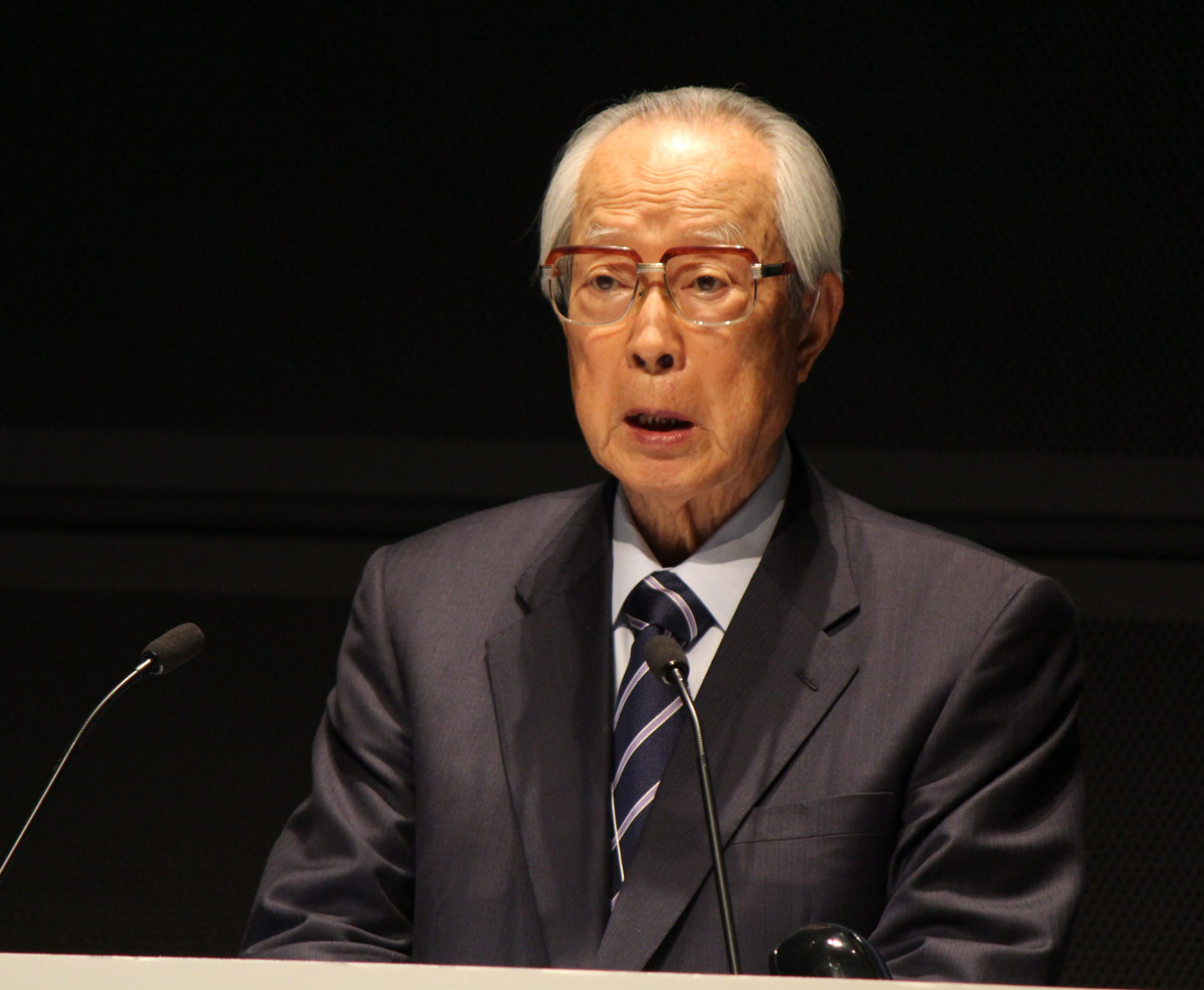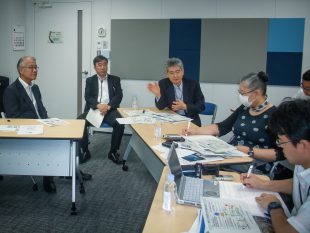In his opening remarks, MIMURA Akio, Chairman of Japan Atomic Industrial Forum, expressed his gratitude to those across the country who worked to ensure stable electricity supply during the year-end and New Year holiday period. He noted that, amid growing global efforts to reconcile energy security with decarbonization, momentum for the use of nuclear power has been increasing worldwide.
Referring to COP30 held last November, Chairman Mimura pointed out that support for the “Tripling Nuclear Energy” declaration has expanded, with a broad range of stakeholders—including financial institutions and IT companies—now backing greater use of nuclear energy. He emphasized that shifts in the stance of international financial institutions are gradually improving the financing environment for nuclear projects.
Turning to domestic developments, Chairman Mimura observed that concrete progress has also been made in Japan. He cited Kansai Electric Power’s announcement last year that it would resume voluntary site surveys for a new unit at the Mihama Nuclear Power Plants, as well as recent advances toward restarting Hokkaido Electric Power’s Tomari-3 and Tokyo Electric Power Co.’s Kashiwazaki Kariwa-6 and -7, including expressions of understanding from prefectural governors. These developments, he said, indicate that conditions for restarts and new construction are steadily being put in place. At the same time, he stressed that realizing these initiatives will continue to require ensuring safety as an absolute prerequisite, together with careful explanations and sustained dialogue to gain local understanding.
Chairman Mimura also referred to the comprehensive economic package announced by the Takaichi administration last November to achieve a “strong economy,” in which the restart of nuclear power plants and the deployment of next-generation innovative reactors were positioned as core elements of the nation’s growth strategy. Against this backdrop, he noted that the role of nuclear power in strengthening Japan’s industrial competitiveness and advancing technological development has never been greater.
Looking ahead, Chairman Mimura identified three priority areas that will be particularly important in maximizing the use of nuclear power. First, he called for improving the business environment to enable the early realization of new construction, highlighting the need to secure financing and investment recovery while maintaining and strengthening supply chains. Second, he emphasized the importance of securing and developing human resources to support the sustainable growth of the nuclear industry, stating that discussions incorporating international perspectives should be used to reinforce the talent base for the future. Third, he underscored the promotion of international cooperation, outlining a policy to maintain global momentum for nuclear energy use through collaboration with international organizations and overseas industry groups, while also supporting the overseas expansion of Japan’s nuclear industry.
In a guest address, AKAZAWA Ryosei, Minister of Economy, Trade and Industry, began by referring to the inappropriate incident related to the formulation of the standard seismic ground motion at the Hamaoka Nuclear Power Plants. Describing it as a serious matter that could undermine public trust, he called for strict responses and measures to prevent recurrence. He then reaffirmed his recognition of the growing global importance of nuclear power and emphasized that, based on the Seventh Strategic Energy Plan, the government will proceed with nuclear power plant restarts and the introduction of next-generation innovative reactors, with safety and local acceptance as the highest priorities.
Minister Akazawa also stated that the government will make every effort to support the maintenance and strengthening of supply chains and the development of human resources to ensure the sustainable growth of the nuclear industry. Marking 15 years since the Great East Japan Earthquake, he referred to his visits to Fukushima before and after assuming office and expressed his determination to take full responsibility, under a field-oriented approach, for reconstruction and the safe completion of decommissioning efforts.
ANDO Yasushi, Vice Chairman of the Federation of Electric Power Companies of Japan, then took the podium. Addressing the inappropriate incident related to the standard seismic ground motion at Hamaoka, he said it was being taken very seriously as a matter that undermines trust in nuclear operations, and offered an apology on behalf of the electric power industry. He reflected that the past year had been an important one, marked by a global return to nuclear energy and the reaffirmation of nuclear power’s value in Japan’s Seventh Strategic Energy Plan.
He concluded by welcoming progress toward restarts at the Tomari and Kashiwazaki Kariwa NPPs, and stated that the industry will continue to pursue further improvements in safety while steadily undertaking careful efforts to earn the understanding and trust of local communities.


-013.jpg)



-049.jpg)
.jpg)




